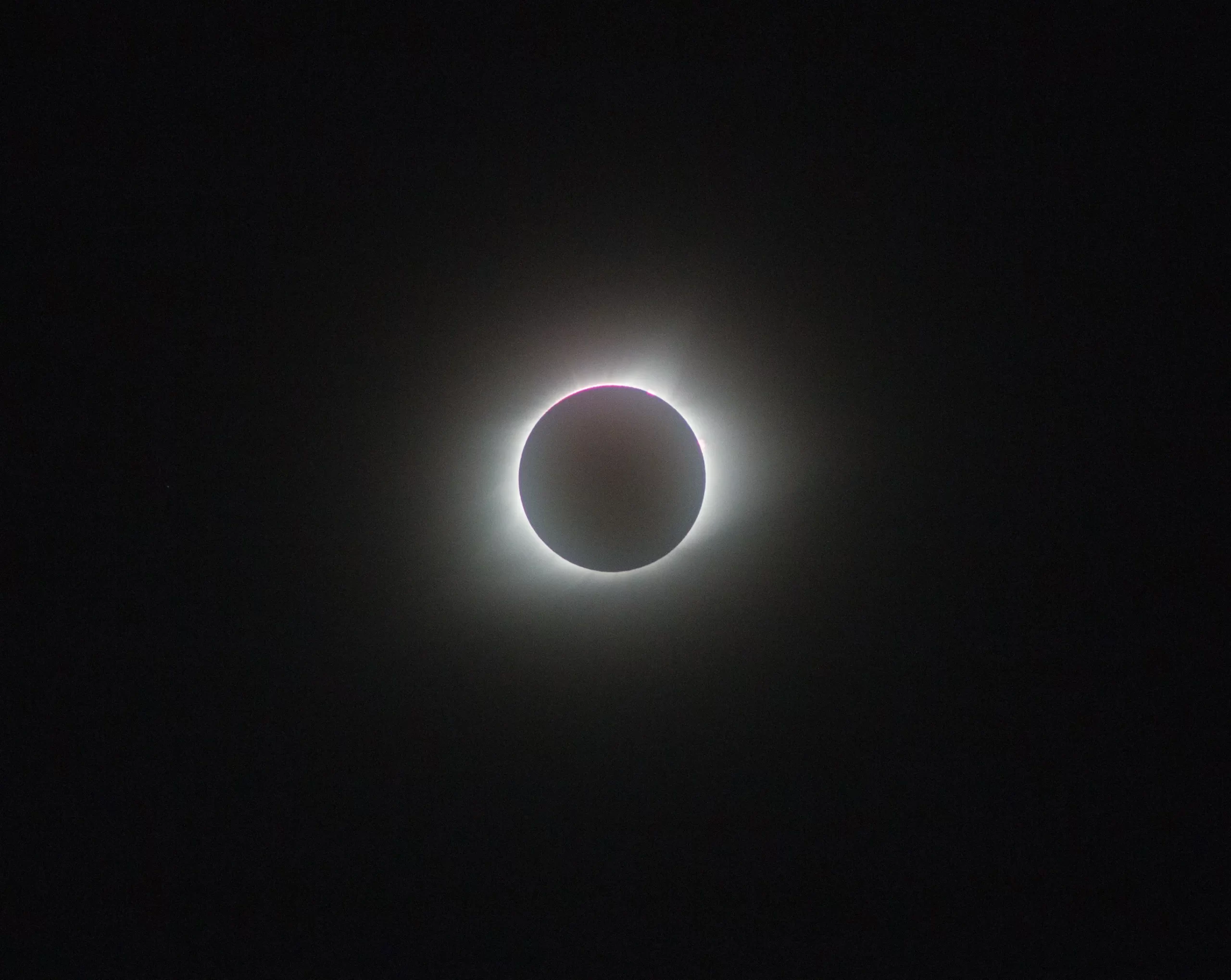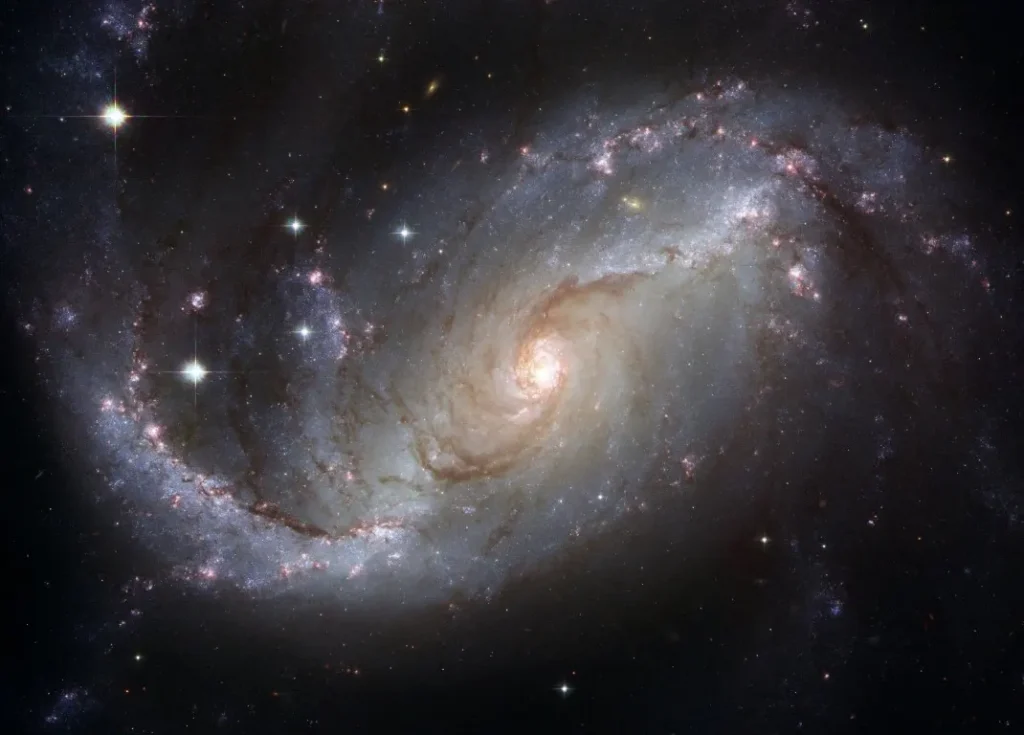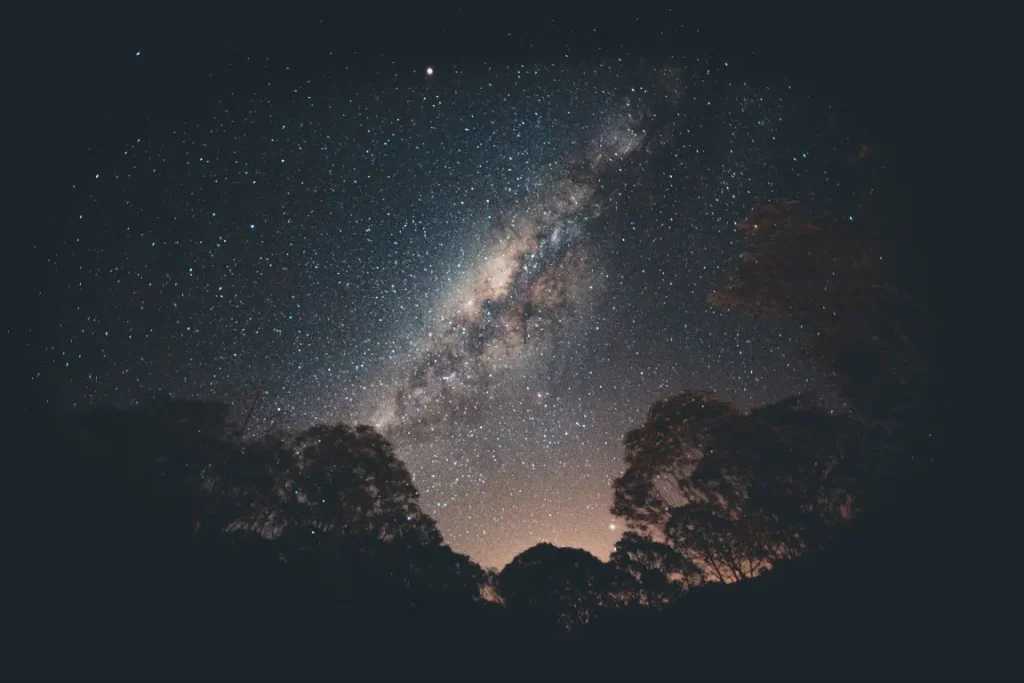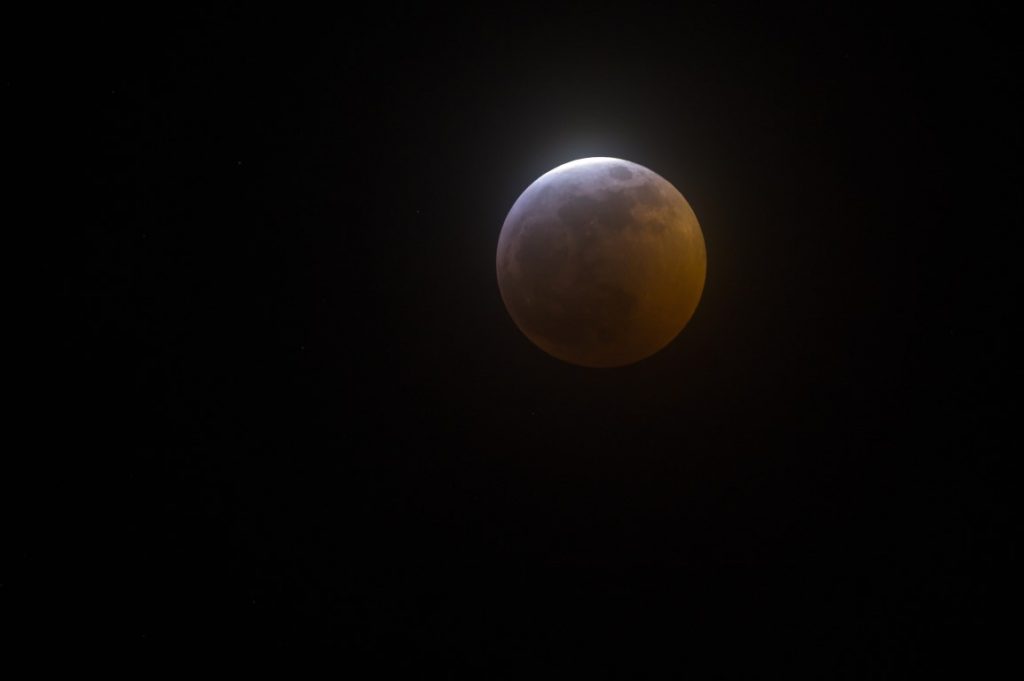
October is a great month for stargazing and taking photos of the night sky. As the nights get longer, we get more time to spot and capture cool things up there. Plus, the cooler air means clearer pictures with less blur.
For anyone who loves taking pictures of stars and planets, October is like a special treat. So, if you have a camera and a love for the sky, get ready! This month is going to be full of awesome moments to capture.
Best Astrophotography Targets on October 2023
- Conjunction of the Moon and the Pleiades: A Celestial Ballet on October 2nd, 2023
- October’s Dark Night: Embracing the Shadows on October 6th, 2023
- October 10, 2023: When the Crescent Moon Dances with Venus
- October 14, 2023: The Annual Solar Eclipse – A Ring of Fire in the Sky
- Orionids Meteor Shower 2023: A Celestial Spectacle in October’s Sky on 21st and 22nd October
- Venus at Greatest Western Elongation 2023: A Morning Star Rises on 23rd October
- Full moon on 28th October 2023
- October 28, 2023: A Partial Lunar Eclipse Unveiled
Conjunction of the Moon and the Pleiades: A Celestial Ballet on October 2nd, 2023
On the night of October 2nd, 2023, skywatchers and astrophotography enthusiasts are in for a visual treat as the Moon and the Pleiades star cluster come together in a mesmerizing celestial dance.
This event, known as a conjunction, will see the waning gibbous moon gracefully glide close to the Pleiades, offering a unique opportunity to witness and capture the beauty of the night sky.
The best time to view the conjunction will be a few hours after sunset. Keep an eye on the east-northeast horizon as the celestial ballet unfolds
October’s Dark Night: Embracing the Shadows on October 6th, 2023
As the days of October unfold, bringing with them the crispness of autumn and the anticipation of winter, the night of October 6th, 2023, stands out as a beacon for stargazers and night enthusiasts.
This particular night is set to be one of the darkest nights of the month, offering a pristine canvas for celestial wonders.
On this night, the moon will be in its new phase, meaning it will be positioned between the Earth and the sun, rendering it invisible from our perspective. This absence of moonlight, combined with the clear autumn skies, promises an unparalleled stargazing experience.
- Meteor Showers: While the famous Orionids are yet to peak, early birds might catch a few shooting stars streaking across the sky.
- Galaxies and Nebulae: Deep-sky objects like the Andromeda Galaxy and the Ring Nebula will be more visible, making it a great time for telescope users.
- Star Clusters: The Pleiades and the Hyades in the constellation Taurus will shine brilliantly.
October 10, 2023: When the Crescent Moon Dances with Venus
The night sky has always been a canvas of celestial wonders, and on October 10th, 2023, it offers a visual masterpiece: the conjunction of the crescent moon and the dazzling planet Venus.
This event, where the two luminous bodies come close in the night sky, promises to be a treat for both casual observers and seasoned astronomers.
On the evening of October 10th, as the sun sets and twilight descends, look towards the western horizon. The crescent moon and Venus will be shining close to each other, with Venus appearing just below the moon.
The proximity and the contrast between the slender moon and the bright Venus will make for a breathtaking sight.
October 14, 2023: The Annual Solar Eclipse – A Ring of Fire in the Sky
The celestial dance of the sun, moon, and Earth will culminate in a spectacular display on October 14th, 2023, as the skies bear witness to an annular solar eclipse. For astrophotographers and sky enthusiasts, this is a not-to-be-missed event, a moment where the moon cloaks the sun, leaving only a radiant ring visible.
On October 14, 2023, the annular solar eclipse’s path will begin in the Pacific Ocean near southern Canada, sweep across the southwestern United States, continue through Central America, and then span across Colombia and Brazil.
Additionally, a partial eclipse will be discernible throughout a broader region encompassing much of North and South America.
Orionids Meteor Shower 2023: A Celestial Spectacle in October’s Sky on 21st and 22nd October
Each year, the cosmos graces us with meteor showers that light up the night sky with ethereal streaks, and this October is no exception. On the nights of October 20th and 21st, 2023, the Orionids Meteor Shower will reach its peak, offering a celestial display that promises to captivate skywatchers and astrophotographers alike.
Originating from the debris left behind by the famous Halley’s Comet, the Orionids are named after the constellation Orion, from which they seem to radiate. This meteor shower is known for its fast and bright meteors, with some leaving persistent trails that linger momentarily in the night sky.
If you want to know about taking shots of meteor showers using your mobile phone, you can read my previous article on how to capture meteor shower on phone.
Venus at Greatest Western Elongation 2023: A Morning Star Rises on 23rd October
On October 23rd, 2023, the brilliance of Venus will be on full display as the planet reaches its Greatest Western Elongation. This celestial event marks a prime time for both observers and astrophotographers to witness and capture the planet’s radiant beauty.
The term “elongation” in astronomy refers to the angle between a planet and the Sun as viewed from Earth. When Venus is at its Greatest Western Elongation, it’s positioned at its furthest angle from the Sun in the eastern morning sky, making it the most optimal time to observe the planet. On this day, Venus will achieve an impressive elongation of 46.4 degrees from the Sun.
For early risers, this is a treat. Before the break of dawn, as the eastern sky begins to lighten, Venus will shine brilliantly, reaching its highest point above the horizon. Its unmistakable bright glow will dominate the pre-sunrise sky, earning its nickname as the “Morning Star.
Full moon on 28th October 2023
On October 28th, 2023, the night sky will be graced by the Full Hunter’s Moon, reaching its radiant peak at 20:25 UTC. This moon, steeped in tradition, was named by early Native American tribes who used its bright light as a backdrop for hunting game fattened by autumn.
Also known as the Travel Moon and the Blood Moon, its luminous presence serves as a reminder of ancient rituals and the changing seasons, casting a silvery glow that has guided generations through the fall landscape.
By referring to my previous article on how do I take sharp moon photos, you can successfully capture the full moon in October.
October 28, 2023: A Partial Lunar Eclipse Unveiled
On October 28th, 2023, alongside the brilliance of the Full Hunter’s Moon, observers will be treated to the captivating spectacle of a partial lunar eclipse. As the Earth moves between the Sun and the Moon, its shadow will begin to obscure a portion of the moon’s surface, casting a dusky veil over its luminous glow.
This celestial dance, a play of light and shadow, offers a moment of reflection on the intricate ballet of our solar system. For those watching, the partial lunar eclipse serves as a visual reminder of the ever-changing dynamics of celestial bodies and the wonders they bring to our night sky.
The eclipse can be observed across the entirety of Europe, Asia, and Africa, as well as the western part of Australia.
Conclusion
October 2023 promises a celestial feast for astrophotographers. The month kicks off with the Moon’s conjunction with the Pleiades on the 2nd. The 6th offers a pristine dark sky, ideal for capturing deep-sky wonders.
Venus dazzles before dawn on the 23rd at its Greatest Western Elongation.
The Orionids Meteor Shower on the 21st and 22nd, remnants of Halley’s Comet, will light up the night. The highlight is the 28th, with a Full Hunter’s Moon, followed by a partial lunar eclipse visible across Europe, Asia, Africa, and western Australia. Grab your gear; the cosmos awaits your lens!
Justin Parker is a professional photographer and has been in the industry since 2007. He attended the University of Georgia. Justin combines his passion for photography and his interest in writing to give life to this blog which talks about photography in order to help and inspire young photographers.





